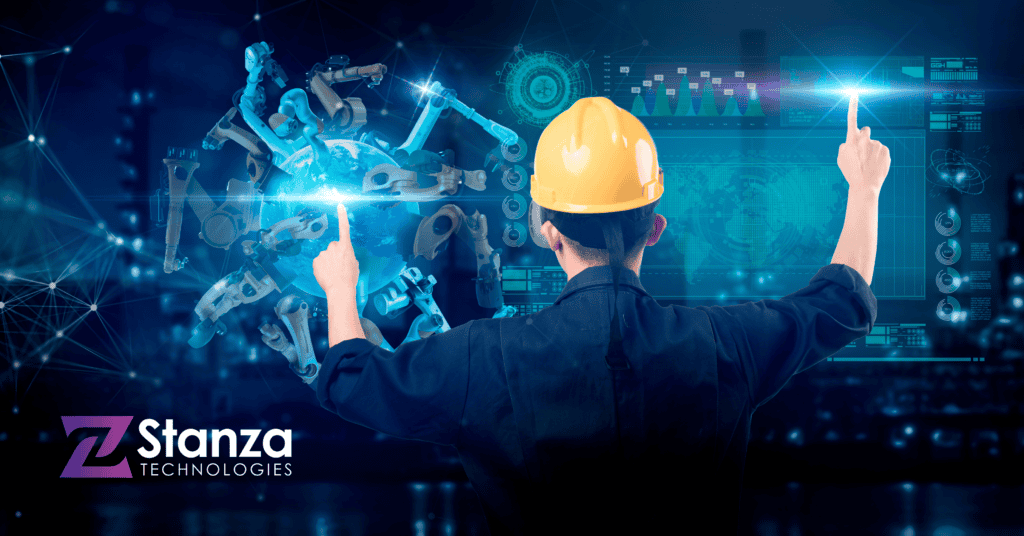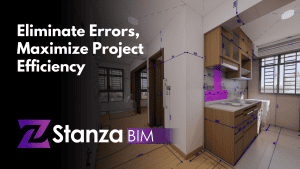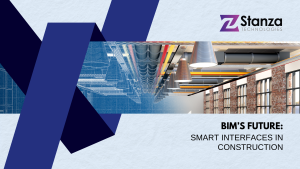The construction industry contributes a notable impact on economic stability worldwide. It serves as drivers of the economy to attain the target Level of Development (LOD) in terms of infrastructures, industrialization and sustainable development. The construction sector functions as the foundation of the economic growth of any country, hence, it regulates every single sector’s role on all levels in the economy.
In the past two decades, there has been a stagnant growth in global labor productivity in construction. Based on McKinsey Global Institute (MGI’s) Reinventing construction: A route to higher productivity report, released in February 2017, global labor-productivity growth in construction has averaged only one percent a year over the past two decades, compared with growth of 2.8 percent for the total world economy and 3.6 percent in manufacturing (exhibit). It is very evident that there is a gap that needs to be addressed in terms of infrastructure development which will ensure a strong economy.

Canada is one of those countries which is affected by this global issue in terms of poor labor construction productivity. Their concerns include congestion in urban centers, Canadians struggling to meet their housing needs, insufficient and aging water and wastewater systems, community infrastructure that is in disrepair, a lack of broadband Internet connectivity in many rural and remote areas, and a lack of basic infrastructure in many Indigenous communities. On a lighter note, the Canadian government looks for possible solutions in investing in infrastructure to improve the quality, accessibility and sustainability of services that Canadians use every day. The Government of Canada considers overcoming these challenges through new, innovative investments which will foster innovation so that Canada provides concrete solutions for future challenges with new tools and ideas.
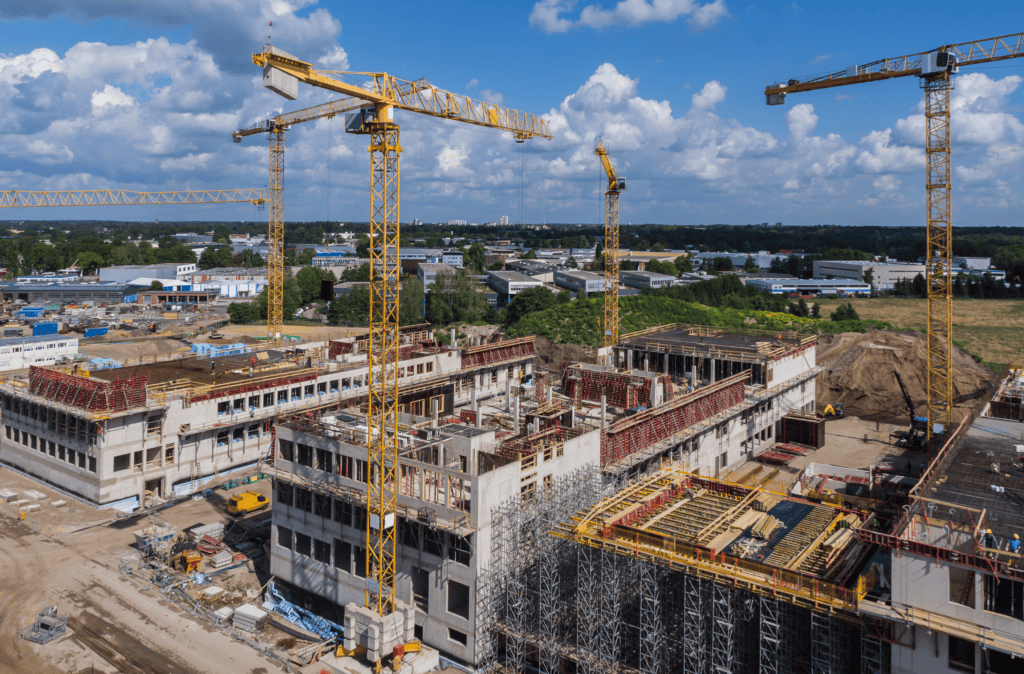
There are identified factors which are considered as causes why there is a slow labor construction productivity, one of these is the bidding processes which is usually time – consuming and complex especially if referring to a huge project due to its cost. Moreover, problems with document management, technical challenges include scope changes and change orders, problems coordinating a large cast of contractors and subcontractors, increased labor or material costs, inaccurate forecasting, and poor monitoring of projects were identified as sources of delays and overruns on construction projects.
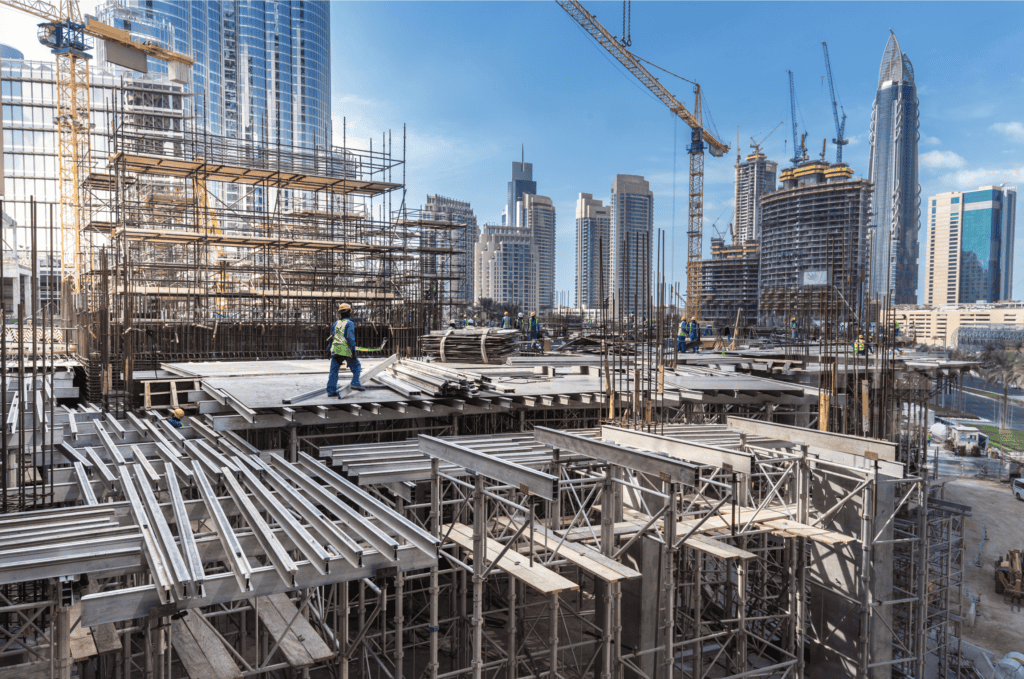
Additionally, construction rework affects low construction productivity. Due to the unnecessary process of redoing a task that was not done well enough at first, delays in construction are feasible. Construction reworks were caused by some missing documents or details, inexperienced workers, inadequate procurement, poor supervision, schedule issues, communication issues and no collaboration. As a result, delays in construction means extensive rise in construction costs and spending, customer dissatisfaction, demotivation of workers and the like. Generally, this resulted in loss of time, effort and money.
The identified gap in the construction industry may be addressed through appropriate technology. Investing in the right construction specific tools and ideas removes repetition and reduces the risk of errors. Digitalization has radically changed how companies do business in the construction industry. It has not merely improved their existing processes but managed to influence every part of the company: from the office to the field through Digital Safety and Quality Management.
With digital technologies, construction professionals have a better way of gathering crucial data regarding projects through the Electronic Document Management System (EDMS), such as procurement, bidding process, asset management and others.

The Virtual Design and Construction (VDC) demonstrates the organizational and collaborative skills that are essential to successfully completing the project. VDC improves project planning, project estimates, Increased Communication and Collaboration Reduces Rework, keeps work on schedule, enhances construction safety management, and simplifies building maintenance.
At present, digital fragmentation assists the construction sector in addressing concerns and challenges. This means that there are already existing solutions to digitize manual processes in construction, but there is no software that can address all or most of the problems. This refers to one problem: one solution per se, thus a fragmented solution. On the contrary, this is not the only solution a construction industry need. With a lot of concerns that need to be addressed, digital fragmentation seems to be lacking to solve the limitations in current construction settings. With this, modernization in the construction industry must continue and this will be possible through the adoption of digital solutions such as Artificial Intelligence (AI), Blockchain and smart contracts, Building Information Modelling (BIM), Building automation and wireless monitoring. These digital solutions boost productivity and improve results.

This resulted in the introduction of Integrated Digital Delivery (IDD) which was launched to transform the approach to construction through the implementation of digital technologies. IDD is a whole lifecycle project delivery approach introduced by Building and Construction Authority of Singapore in October 2017, which aims to digitally integrate the work processes and stakeholders along the value chain through the use of digital technologies (Building and Construction Authority, 2018a). IDD builds on the use of Building Information Modelling (BIM) and Virtual Design and Construction (VDC), which have been implemented in many projects over the past few years.
Hence, there are already existing solutions to the identified problems in the construction industry. On the other hand, these are not enough to address mostly the general problems that exist and might exist in the future since changes and advancements are inevitable, solutions must also be flexible, customizable, and agile since the construction technology ecosystem is shifting toward integrated software platforms that better serve customer needs. Thus, there is a need for the next generation solutions which can be definitely provided by Stanza Technologies.
Stanza Technologies is a software and service provider company with a main product called “Valideit”. Valideit is a construction project management solution focused on validating planned and actual data and schedule for a construction project through a fully integrated web and mobile application. Apart from data validation that can identify potential project risks and delays, the system is comprised of eight main functions such as project planning, project emails and correspondence, document management, digital safety and quality management, progress and cost management, and a 3D Building Information Modelling (BIM) model viewer.
Stanza Technologies also offers highly advanced solutions that facilitates smart construction paradigm through a more connected built environment ecosystem wherein the company promotes an open data standard which allows the data to be more accessible for valuable ends. An open data standard ensures higher result on collaboration and avoid duplicating work that has already been completed. With this, through a secured data transparency paradigm that can be provided by Stanza Technologies Asia, projects can have a maximum utilization of their resources and manpower.

Moreover, Stanza Technologies brings digital transformation on construction technology solutions impacting the construction productivity. The company assures that these technologies are connected so that they can be controlled, monitored and managed.
The following are the advantages of transforming construction processes and systems in digital platform:
- Through digitalization, progress of work can be tracked in real-time, making sense of data that can then be used to inform subsequent project plans.
- Accurate designed scheduling with the appropriate amount of margin and risk tolerance built into project plans.
- Building Information Modeling (BIM) can synthesize all necessary parts of a project’s input into a single plan with 3-D modeling, wherein contributors can stay in timely communication.
- Technology also enables construction managers to standardize approaches across a project (or multiple projects), facilitating additional clarity in delegating responsibility and even safety.
- Digital transformation can be the means for the industry to navigate workforce issues, discover new efficiencies and build an integrated platform to reinvigorate growth for generations to come (Shapiro et.al 2019).
Thus, Stanza Technologies integrates Valideit and their digital engineering services such as BIM and VDC solutions which are accurately suited to the identified gaps that need to be addressed in the construction industry in this modern era.

Valideit is a Unified Common Data Environment with Real – time Data & Automated Alert System that significantly drives Total Risk Management. The Unified Common Data Environment aims to fully integrate accumulated data in a single solution that would enable real-time data referencing and utilization. Valideit facilitates a reliable risk management system that houses a core system function of automatically validating planned vs actual data and schedule. Additionally, it is a platform which aims great accuracy and precision in real-time analytics through centralized data and decentralized inputs.
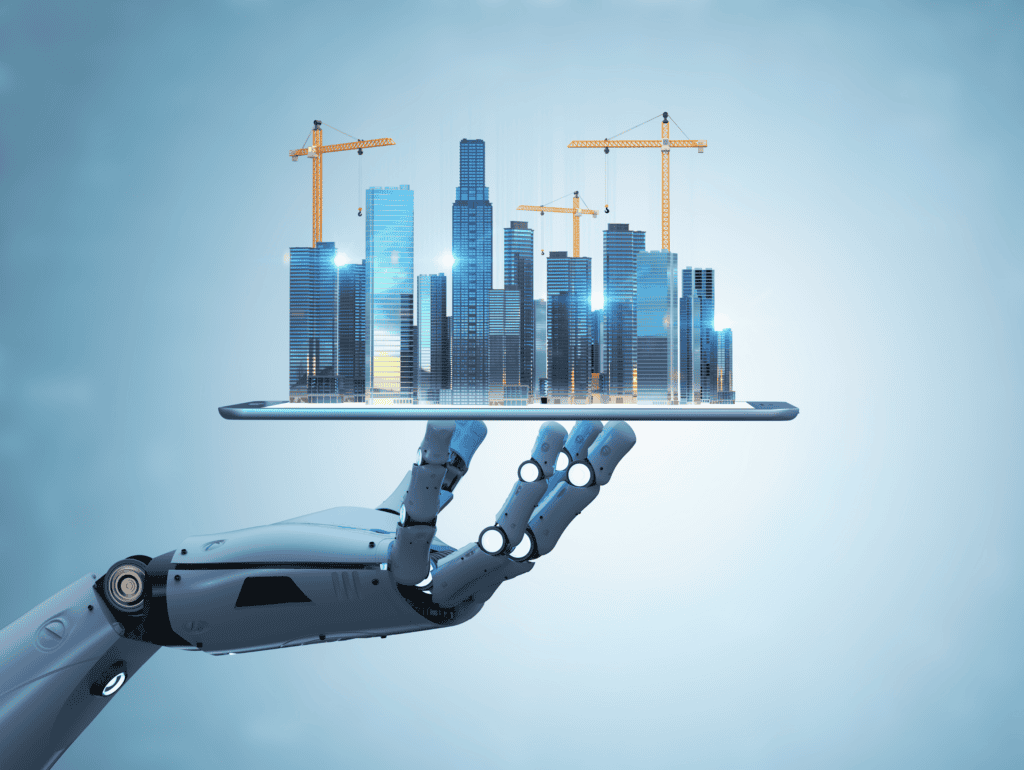
Similarly, Stanza Technologies Digital Engineering Services provides quality results on Building Information Modelling (BIM) Systems & Development Strategy and Support, Digital Twin Services and Virtual Design & Construction (VDC) which are considered as full integrated solution since they provide software and digital engineering all in one.
With Stanza Technologies, anything is possible where quality services and products will be ensured. The company would definitely provide higher construction productivity with its high-quality models and software for all stages of the building lifecycle needs such as design, construction, and building operation.
